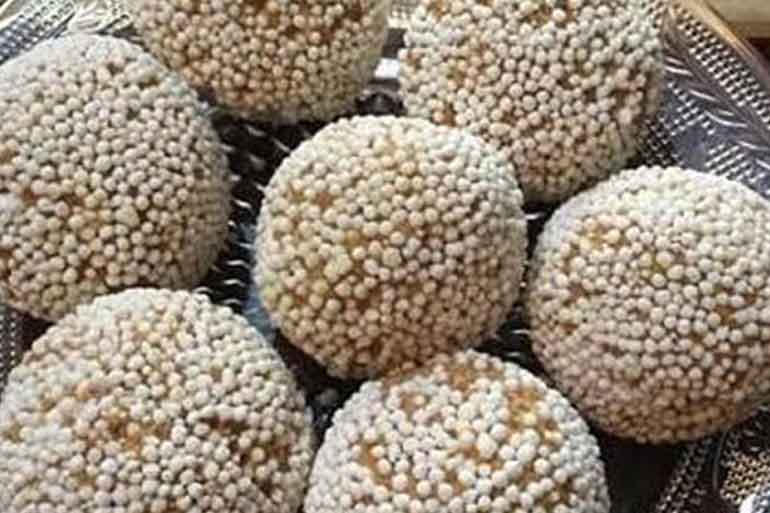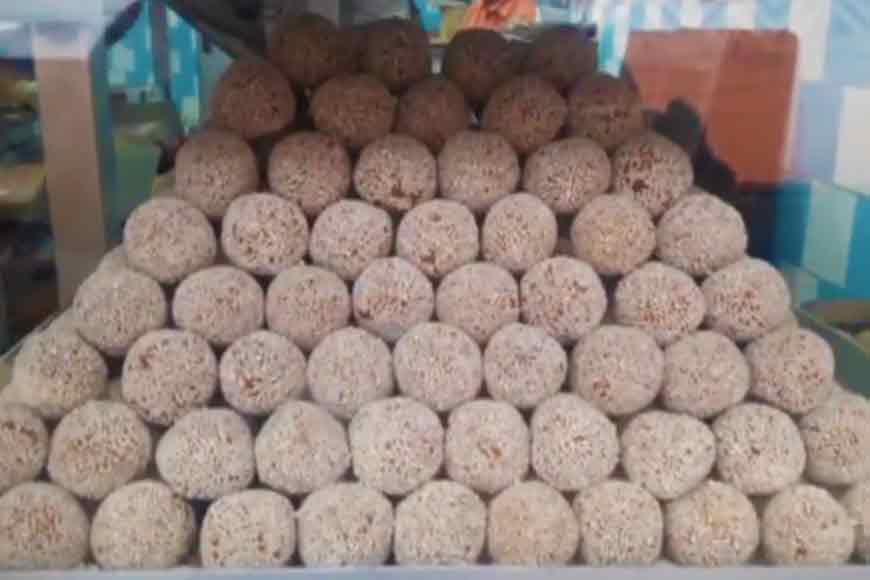Bengal's famous sweet from the Sultanate era

This is an era when West Bengal’s Malda was known as Gour Bangla. During the reign of Sultan Hussain, Chaitanya Dev also known as Gaurango came here. It was in Gaur that he preached the language of love to Roop and Sanatan. And it was this event that led to the creation of a famous Bengali sweet, Roshokodombo. A sweet whose taste is incomparable, with that layer of hardened kheer on the top. The minute once bites that hard outer shell, your tongue gets a chance to savour a rosogolla inside.
Malda is not just famous for its Roshokodombos, it is also a land that churns out halwa patti and Tara Khhaja. Both are sweets of the Sultanate period. Monacca is another attraction. With the downfall of the Sultanate in Delhi and its influence in Bengal, these ethnic sweets started disappearing, but Roshokodombo was much in demand. Be it wedding or rice eating ceremonies, Roshokodombo was a must. Its fame spread near and far.
Roshokodombo also uses posto or poppy seeds. Poppy seeds are cultivated in Malda, therefore it’s cheap. The most popular Roshokodombo shop is Ratan Sweets, on Netaji Subhash Road, Malda. If one needs the best quality, which can be kept outside the refrigerator for 15 days, one has to wait. During the Durga pujas, the demand is very high, and people stand in long queues to savour the taste.

The last Sultan of Gaur was Suleman Qurbani. Many sweets have disappeared from Malda since then, but Roshokodombo stays. Today, what we find and eat was given a shape back in 1861. Meherpur of Malda gave it a new look, where rosogolla stuffing was put inside. The sweet remains popular even today. Nowadays, the makers of these sweets put sugar in place of poppy seeds which was not put earlier. Ratan Sweets still maintains its legacy. They say they will lose their glory if they stop making Roshokodombo.










